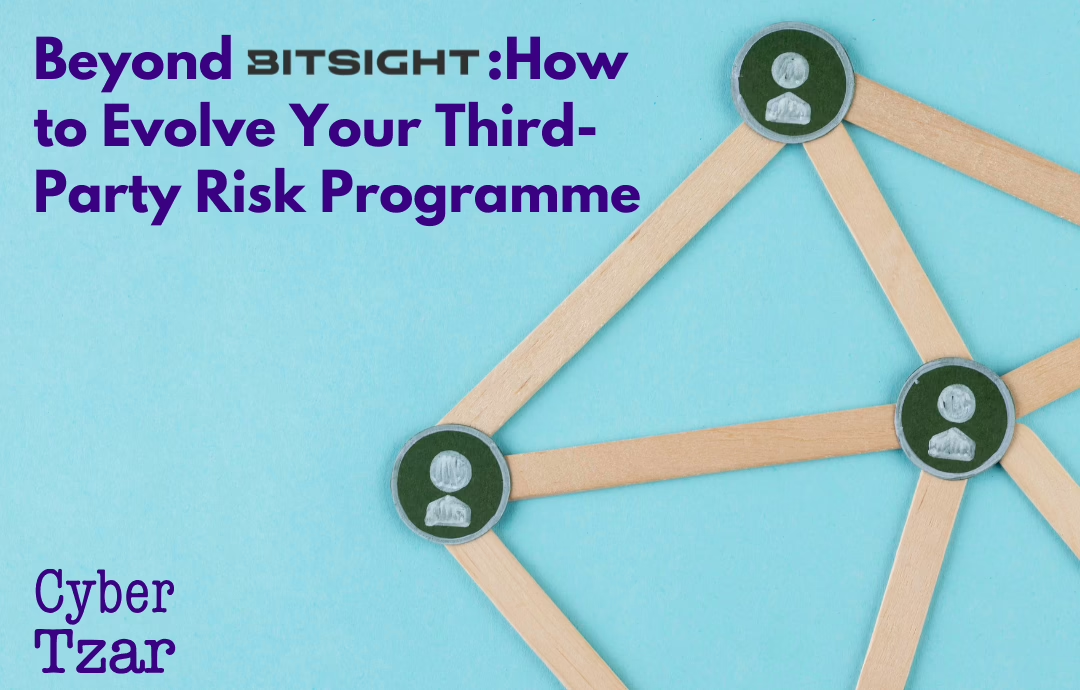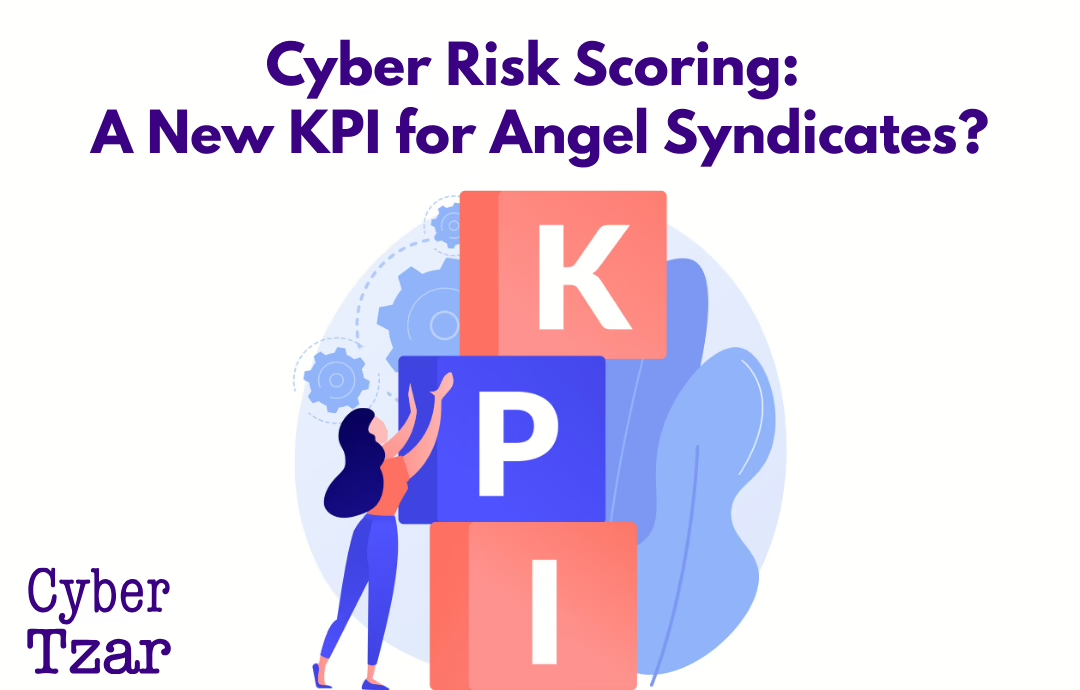Security rating services (SRS) like BitSight, SecurityScorecard, and others have become a go-to starting point for third-party risk assessments. But in 2025, many organisations are asking: “What comes next?”
While these tools offer helpful surface-level indicators, relying on them alone risks missing deeper threats, failing audits, and falling short of regulator and insurer expectations.
It’s time to evolve your third-party risk programme into something more continuous, contextual, and actionable.
What BitSight and Similar Tools Provide
✅ An external view of known vulnerabilities
✅ Alerts on expired certificates, misconfigurations, or malware signals
✅ A simplified risk score for vendors
✅ Benchmarking across industries or geographies
✅ Coverage across large supplier portfolios
That’s useful — but not enough when risk moves quickly and regulators demand substance over signals.
What’s Missing From the SRS Model
🔍 No internal visibility – SRS can’t assess privileged access, configuration hygiene, or incident response readiness
🕒 Lagging data – Some changes in supplier risk posture take weeks to show up in ratings
📦 No context of integration – A supplier with a “B” score may have access to critical data — or none at all
⚠️ No assurance of remediation – Scores may improve even if core issues go unaddressed
📉 Regulators and insurers need more – NIS2, DORA, and cyber insurers increasingly expect validated controls and live assessments
How to Mature Your Third-Party Risk Programme
-
Segment suppliers by real risk
Consider access level, data sensitivity, and business impact — not just vendor size or spend. -
Use continuous scanning
Supplement SRS tools with your own targeted scans for critical vendors. -
Request evidence, not just scores
ISO 27001 certification, SOC 2 reports, or independent vulnerability data provide more depth. -
Monitor risk changes over time
Track trends, not snapshots. A flat score may hide growing exposure. -
Align with frameworks
Map your TPRM programme to NCSC CAF, NIST CSF, or ISO 27036 to ensure rigour.
A Sample Evolution Path
| Maturity Level | Description |
|---|---|
| Level 1 – Reactive | Static questionnaires, SRS-only, infrequent updates |
| Level 2 – Structured | Risk-tiering, evidence review, occasional scans |
| Level 3 – Proactive | Continuous scanning, internal risk mapping, supplier engagement |
| Level 4 – Integrated | Automated TPRM, board reporting, insurance-ready risk metrics |
Where is your organisation today?
How Cyber Tzar Supports TPRM Maturity
Cyber Tzar enables you to:
✅ Scan supplier infrastructure directly and non-intrusively
✅ Benchmark vendors against sector-specific peers
✅ Track vulnerability trends and remediation over time
✅ Map Tier 2/3 supply chain exposure
✅ Generate actionable reports for boards, auditors, and insurers
We help you evolve from “scoring” to strategic supplier risk management.
📈 Ready to take your TPRM beyond BitSight?
Start with a maturity benchmark at cybertzar.com


